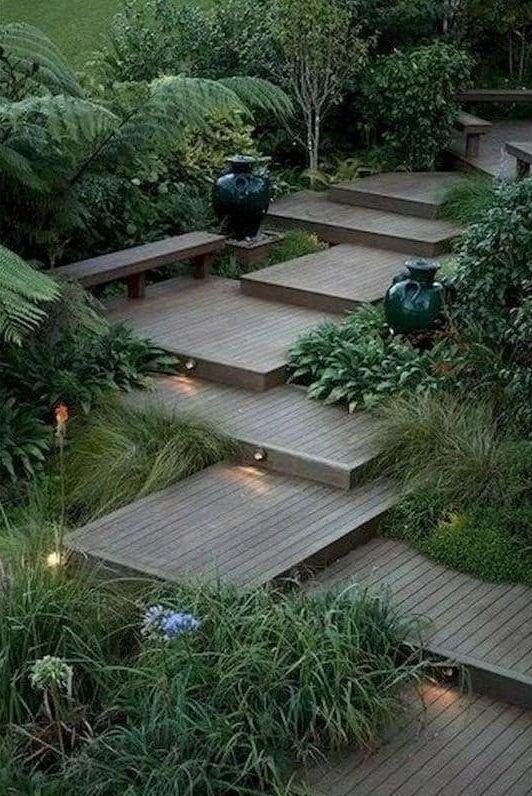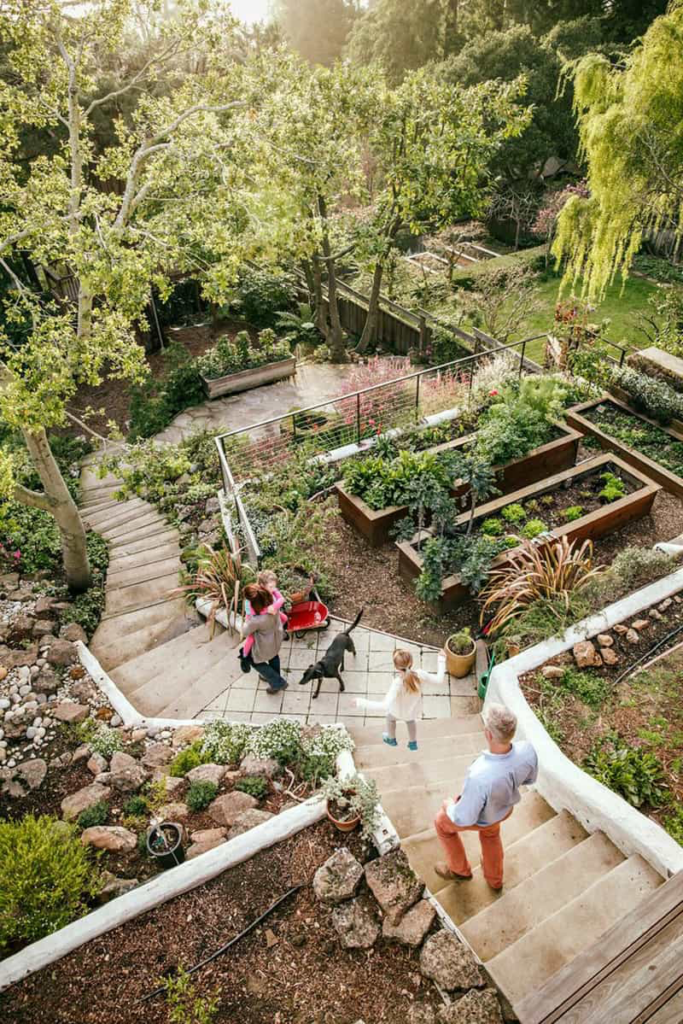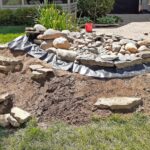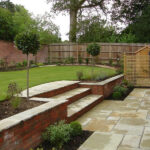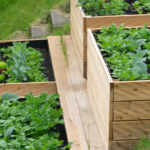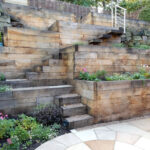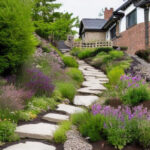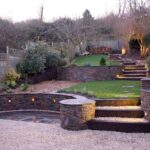When it comes to designing a garden on a slope, there are a few important factors to consider in order to create a beautiful and functional outdoor space. One of the first things to think about is the drainage of the area. A sloped garden can be prone to erosion, so it’s important to have a proper drainage system in place to prevent water from washing away soil and plants. This can be achieved through the use of retaining walls, terracing, or planting native ground covers to help stabilize the slope.
Another key consideration when designing a garden on a slope is the layout and flow of the space. It’s important to create a sense of unity and cohesion in the design, while also taking advantage of the natural slope to create different levels and areas of interest. This can be achieved through the use of pathways, steps, and different planting zones that take into account the varying sunlight and water conditions that can occur on a sloped site.
In terms of plant selection, it’s important to choose plants that are suited to the specific conditions of a sloped garden. Plants that have deep root systems and are drought-tolerant are often a good choice, as they can help prevent erosion and stabilize the soil. Additionally, plants that are low-growing and spreading can help to cover the slope and prevent weeds from taking hold. Grasses, ground covers, and succulents are all great options for planting on a slope.
When it comes to hardscaping elements in a sloped garden, retaining walls can be a great way to create different levels and terraces that help to control erosion and create a visually appealing landscape. Retaining walls can be made from a variety of materials, such as stone, wood, or concrete, and can be designed to blend seamlessly with the surrounding landscape. Additionally, steps and pathways can help to provide access to different areas of the garden and create a sense of flow and movement throughout the space.
Overall, designing a garden on a slope requires careful planning and consideration of the unique challenges and opportunities that come with sloped terrain. By taking into account factors such as drainage, layout, plant selection, and hardscaping elements, it is possible to create a beautiful and functional outdoor space that makes the most of the natural slope and creates a stunning landscape for years to come.
